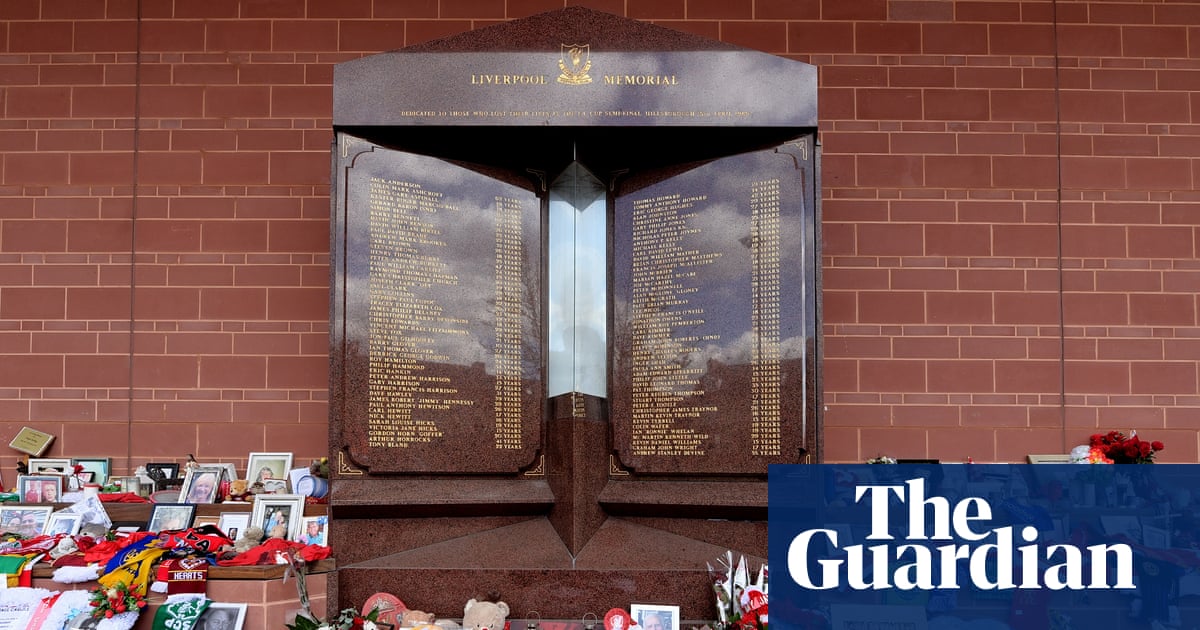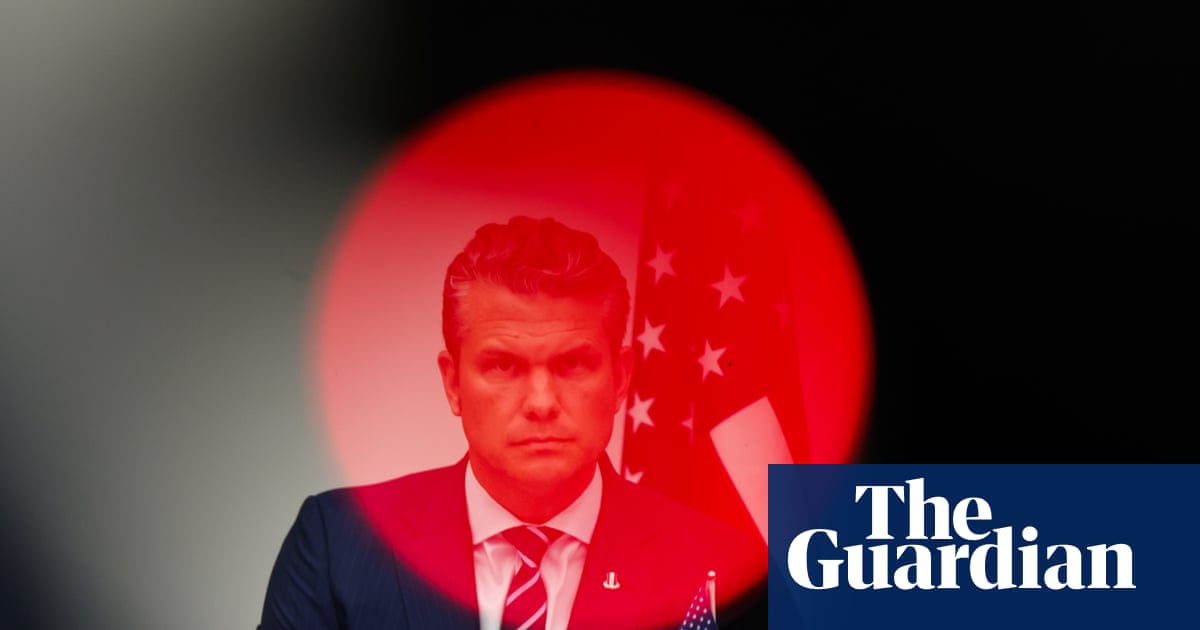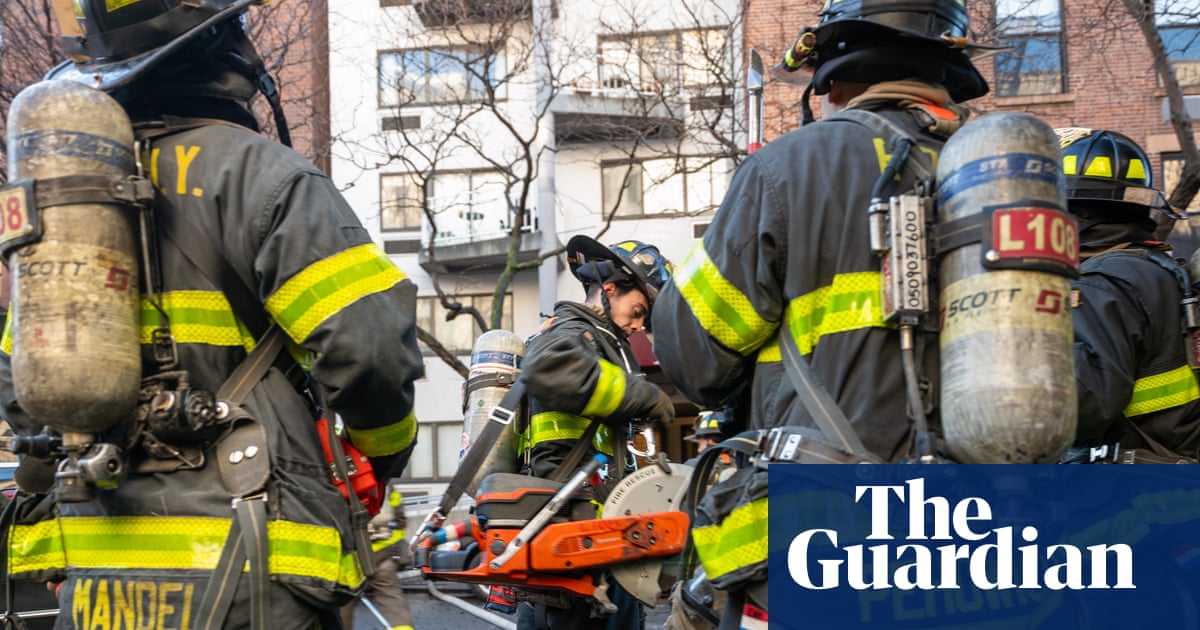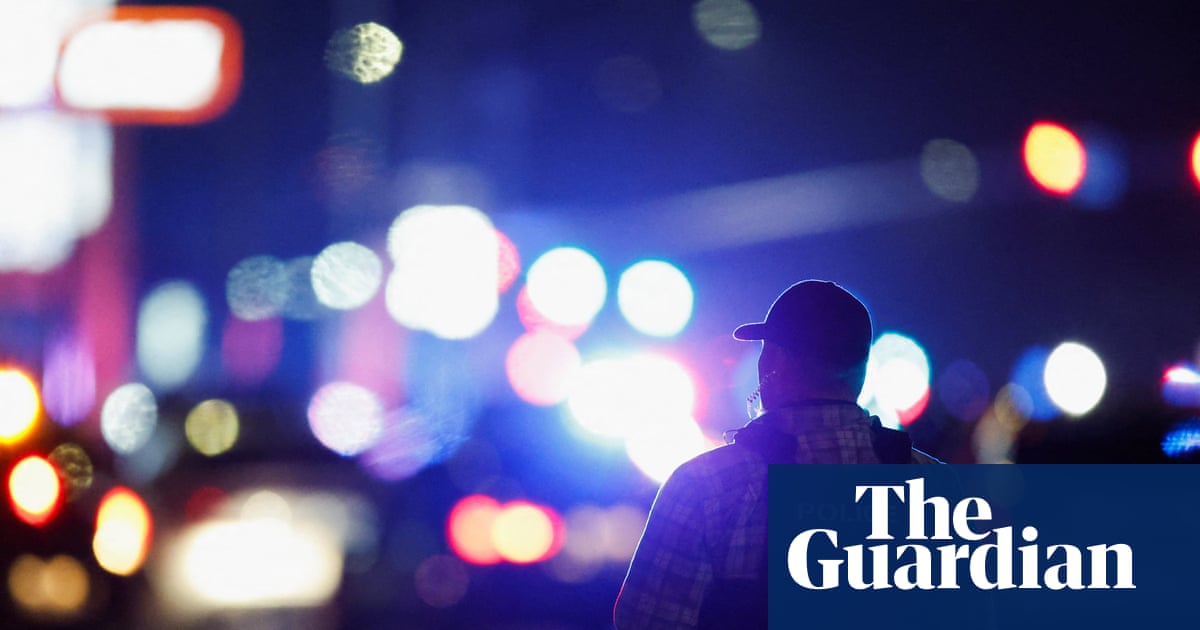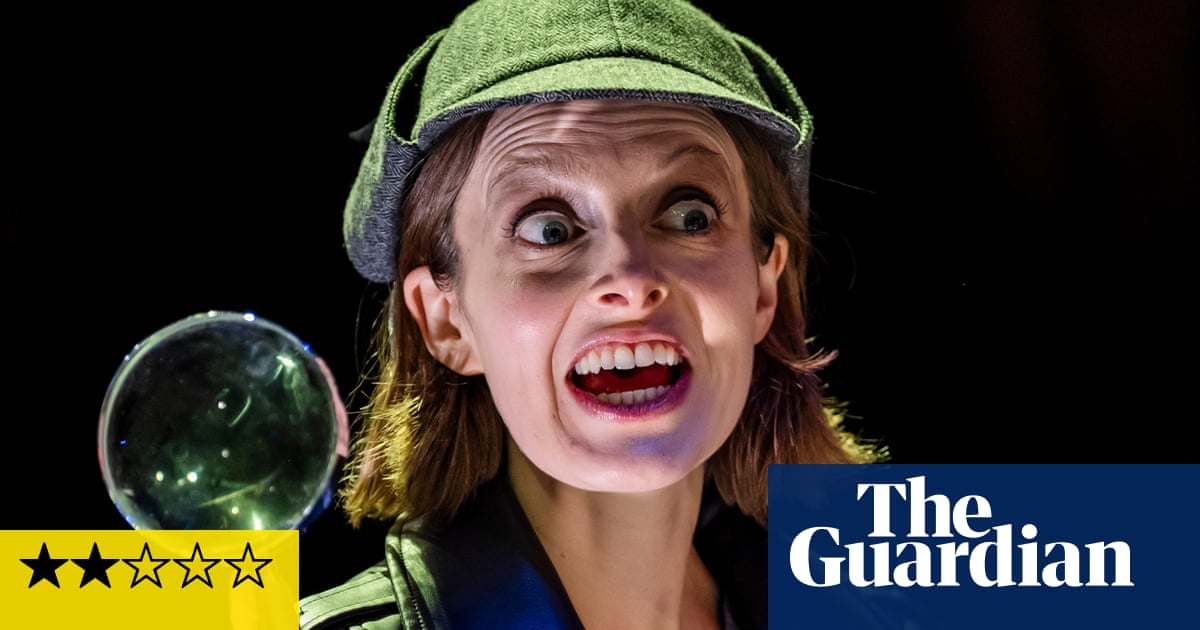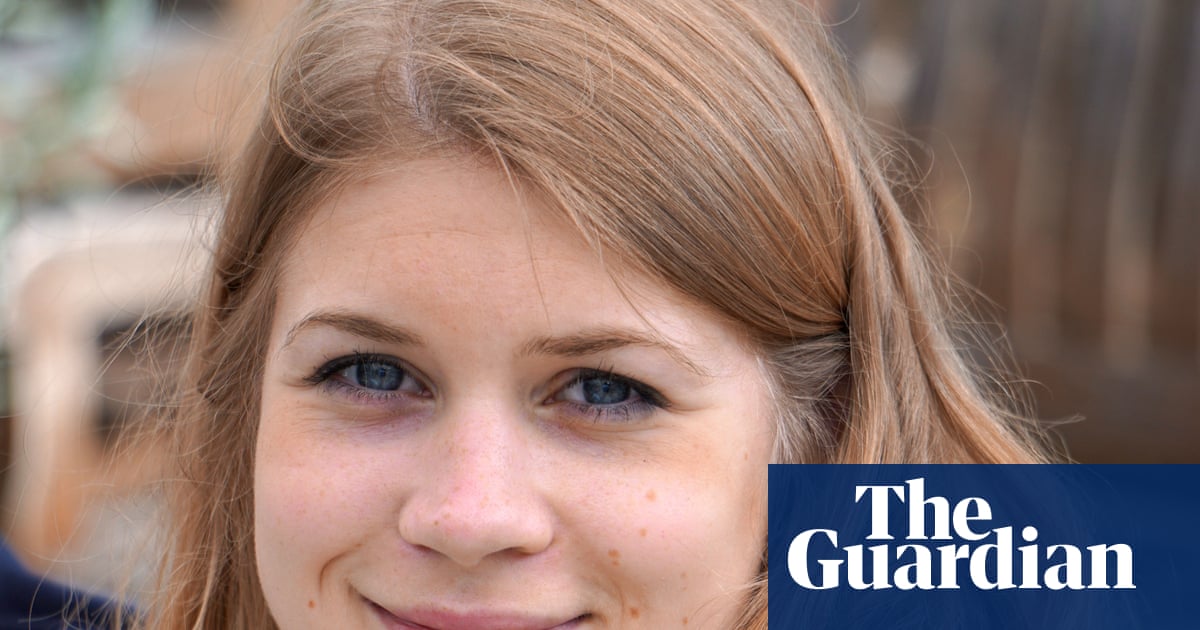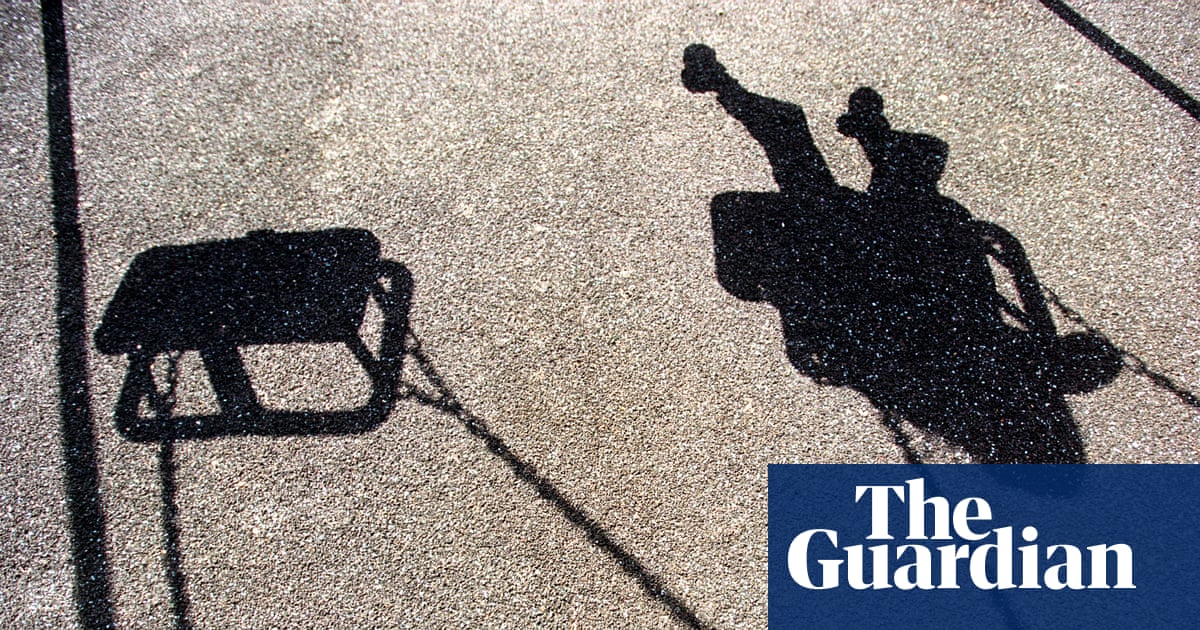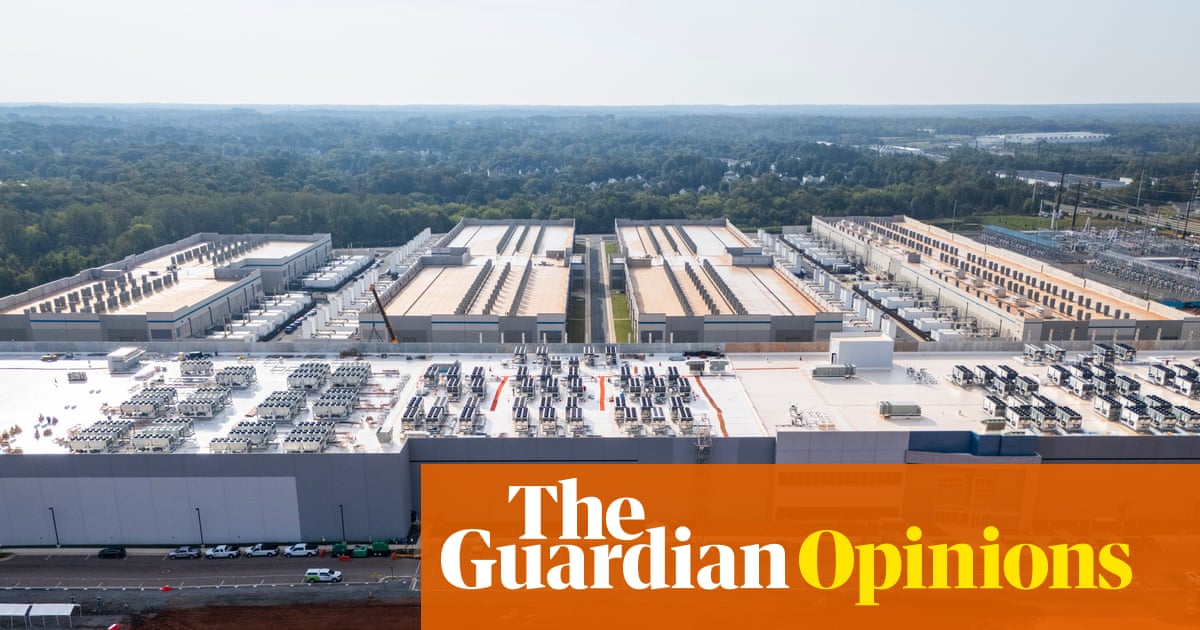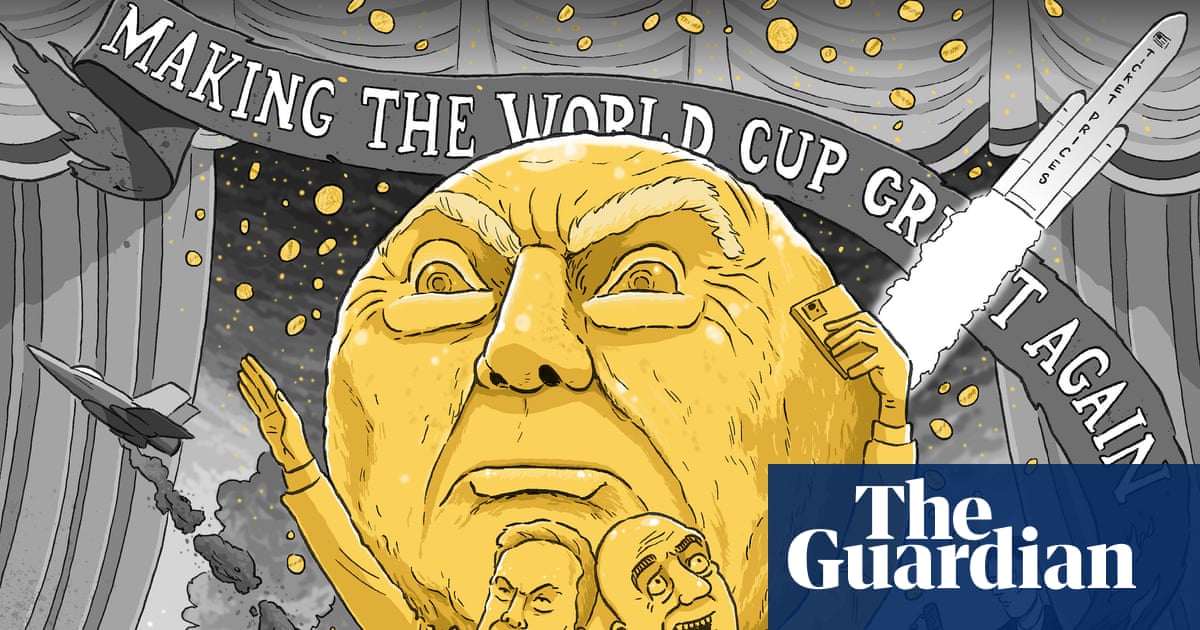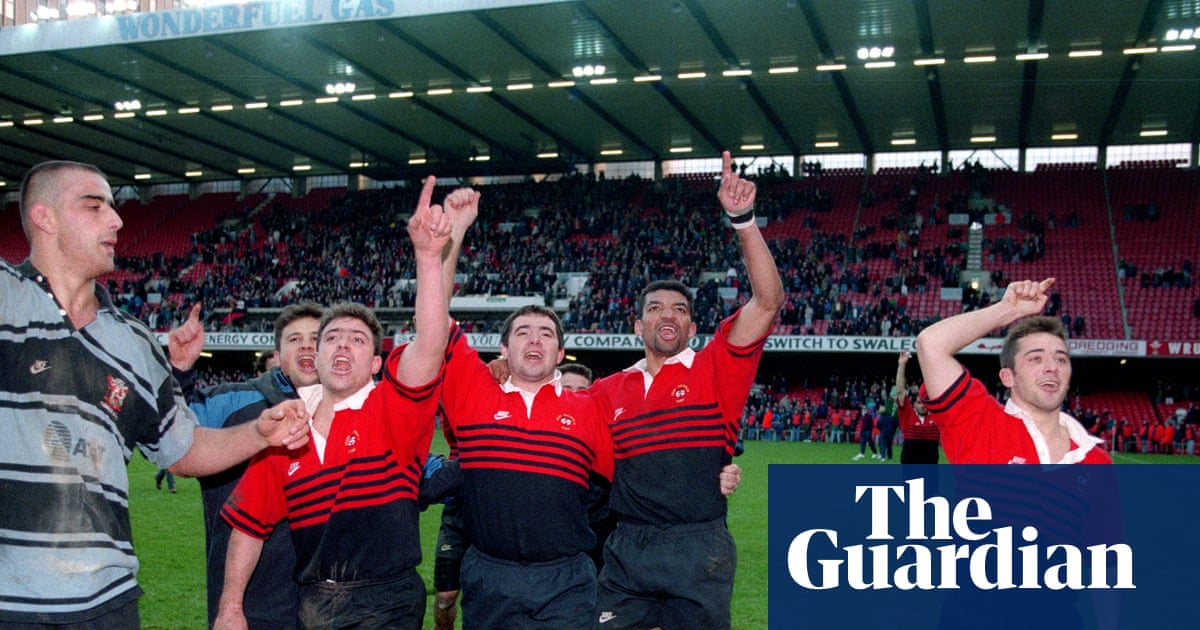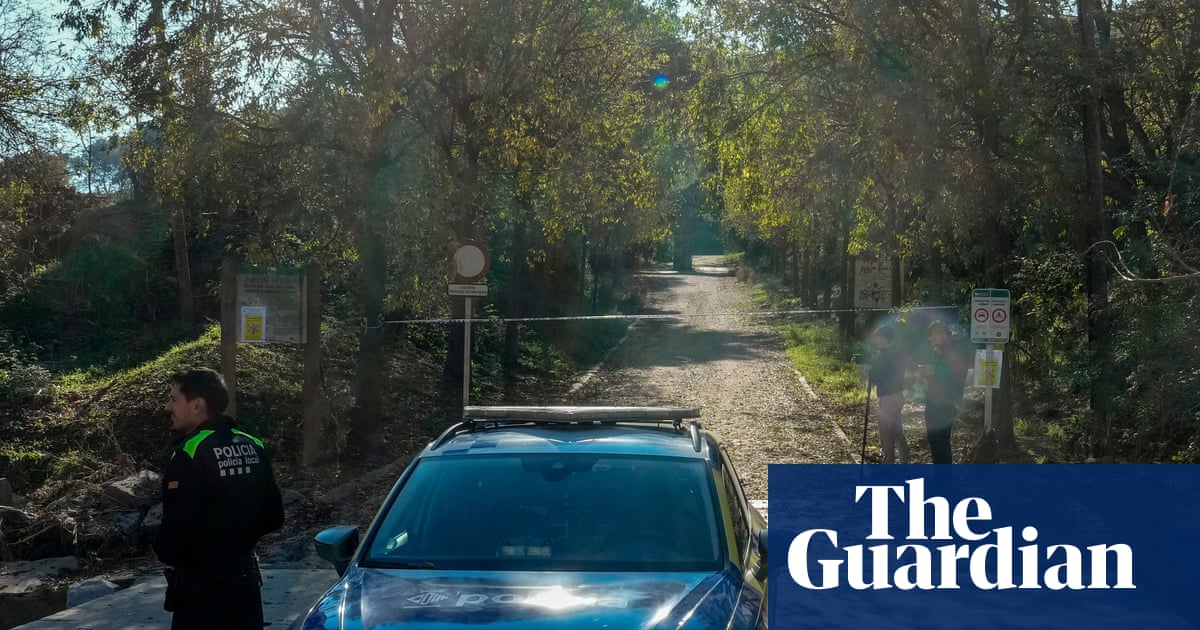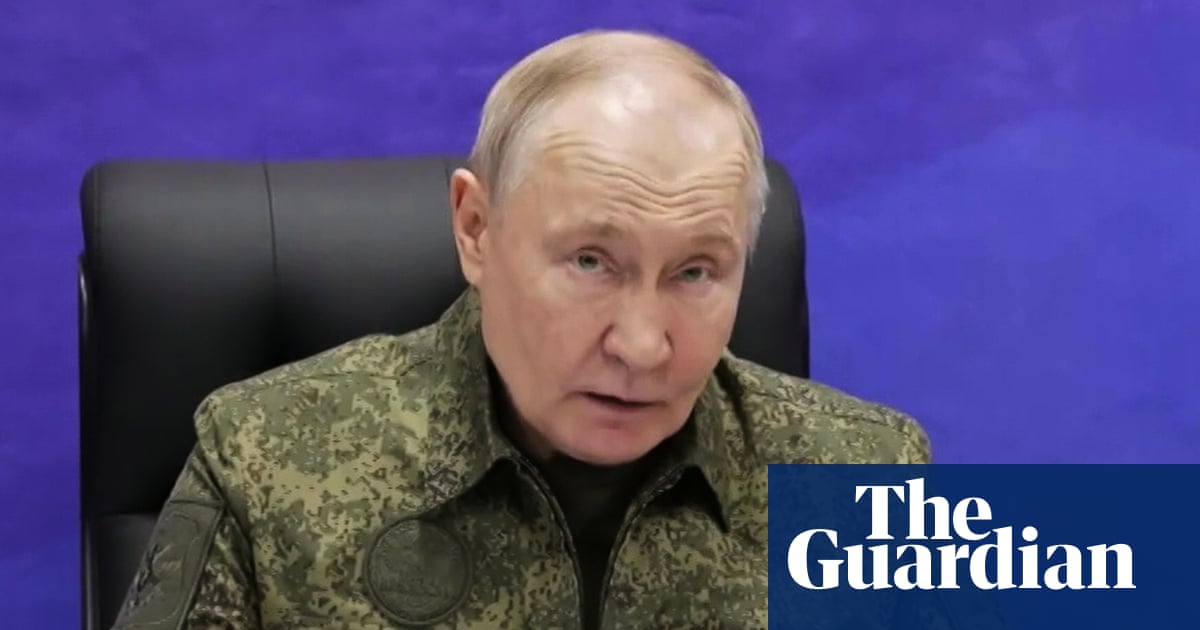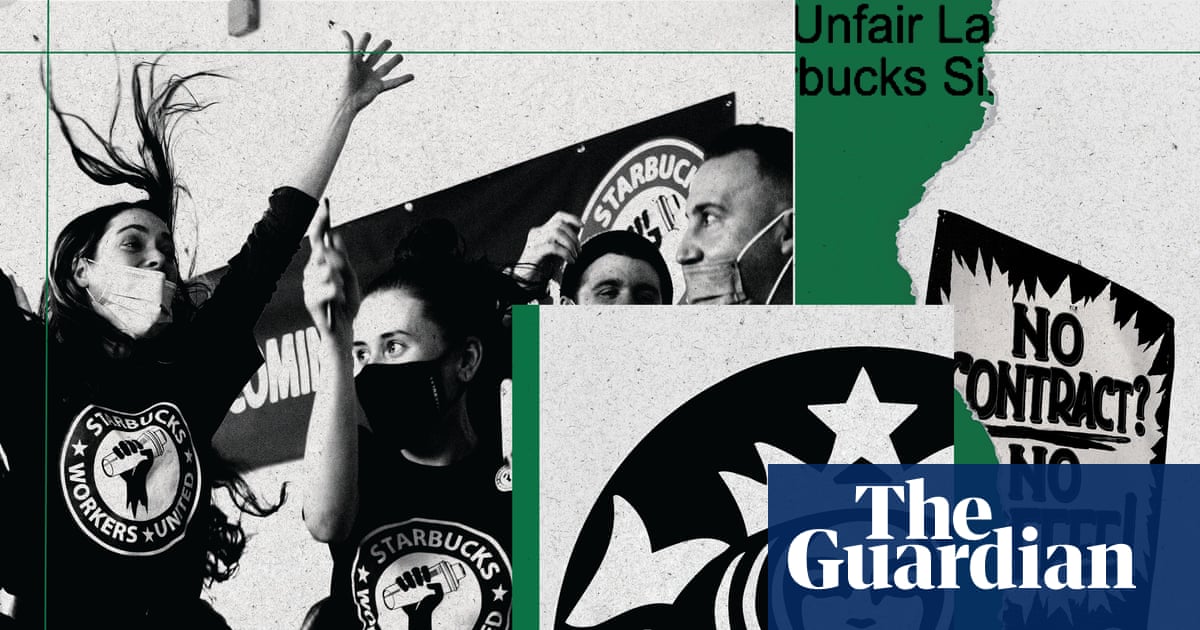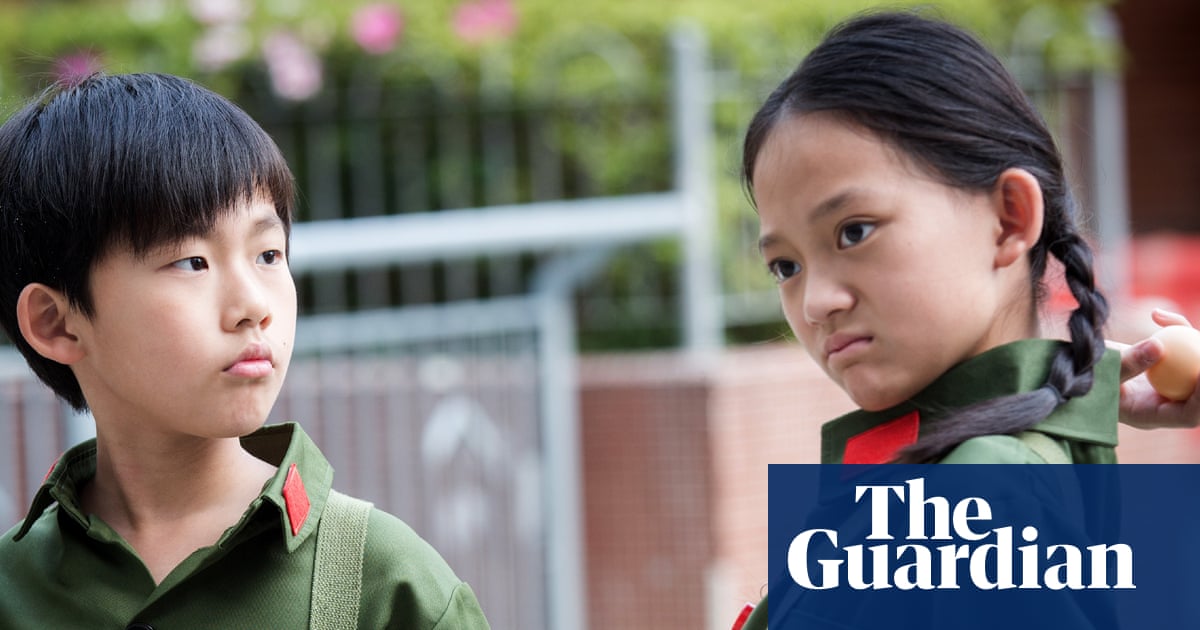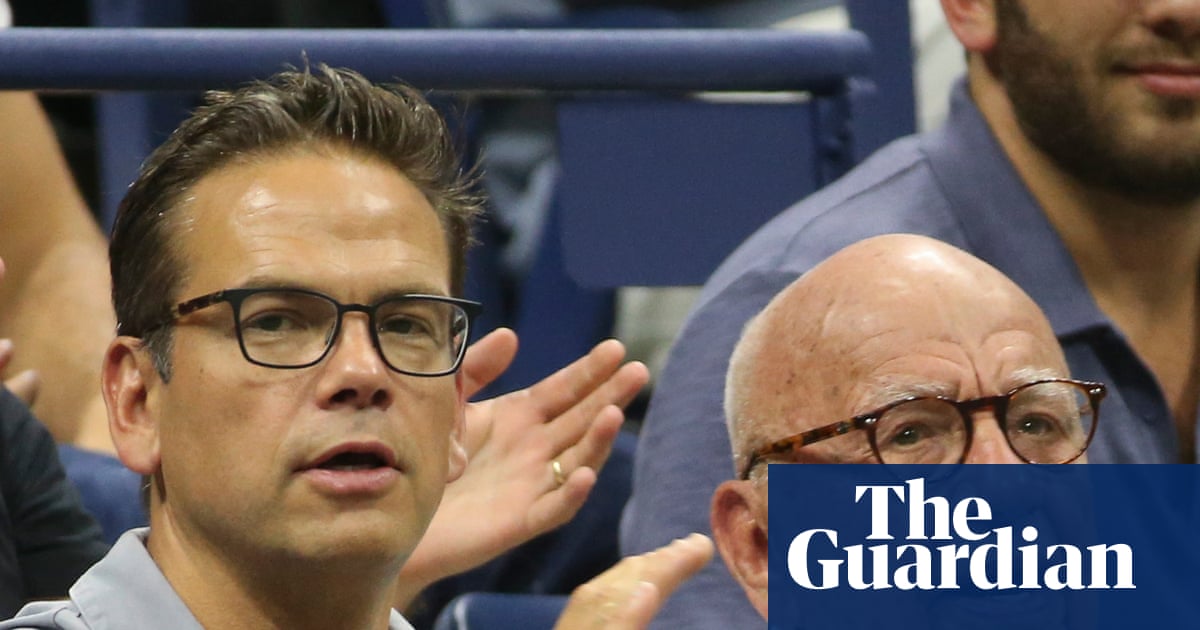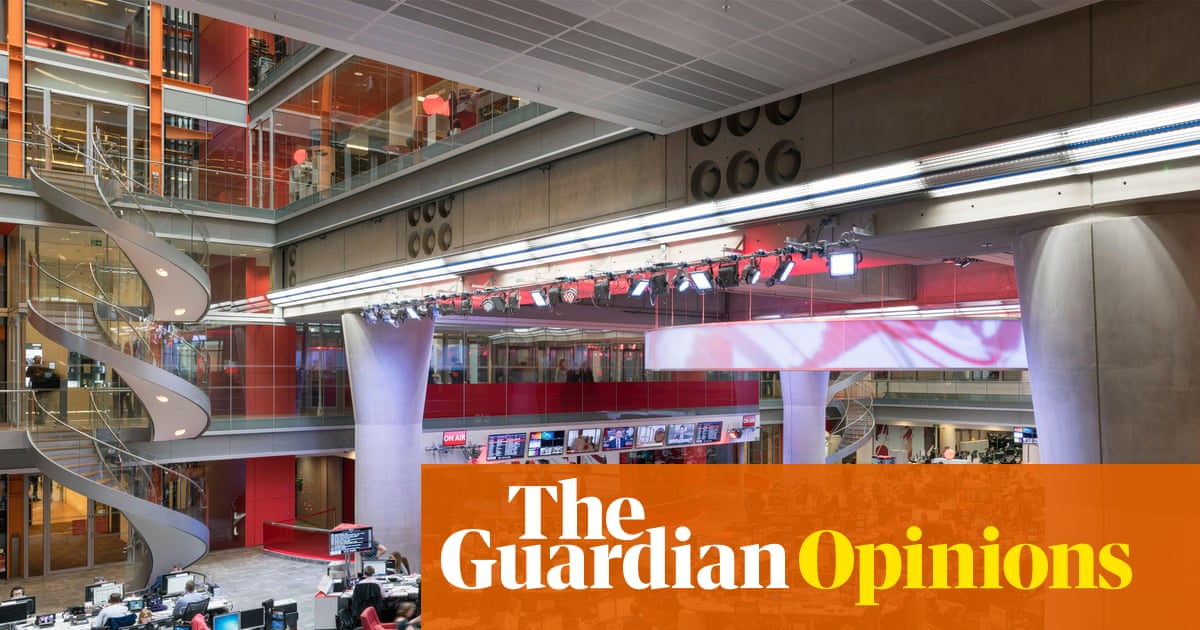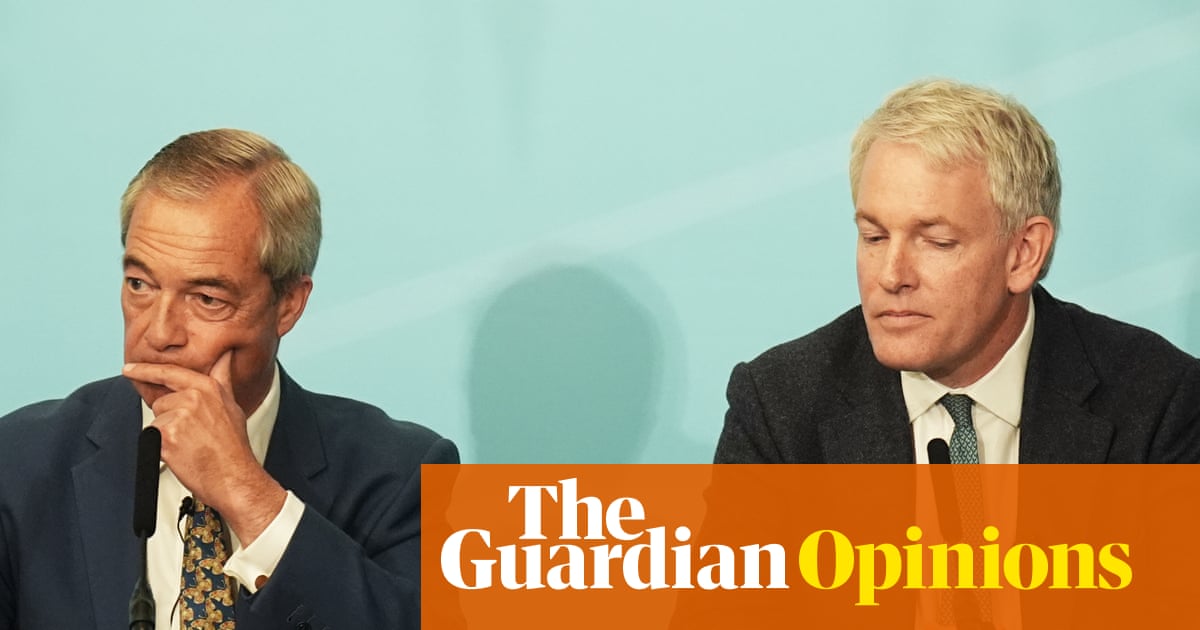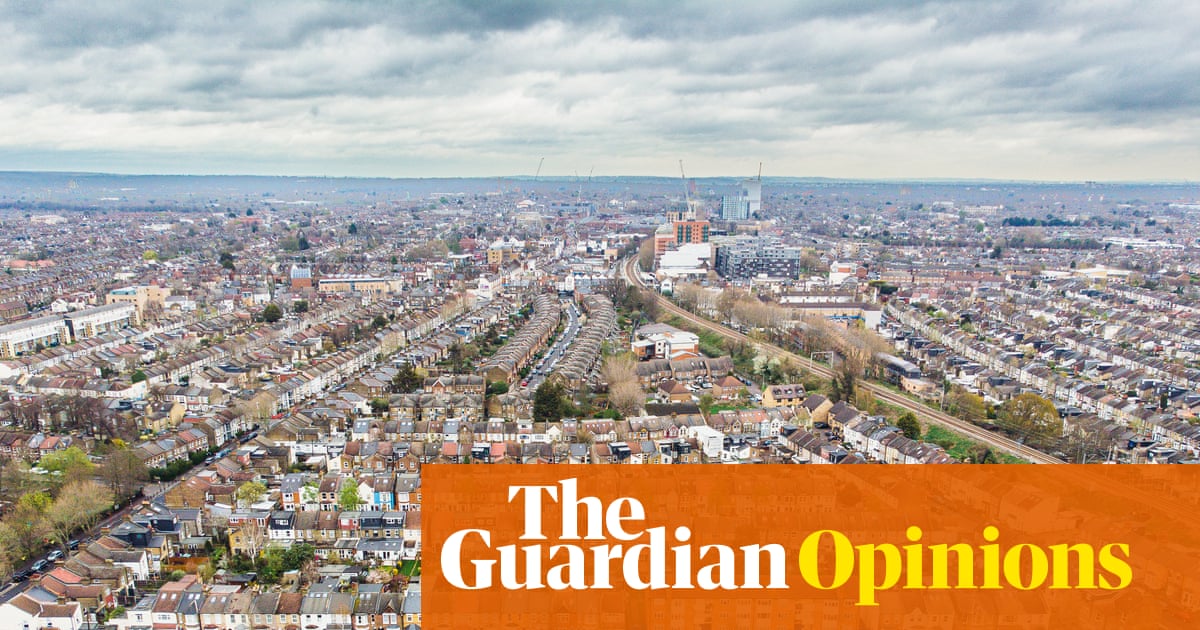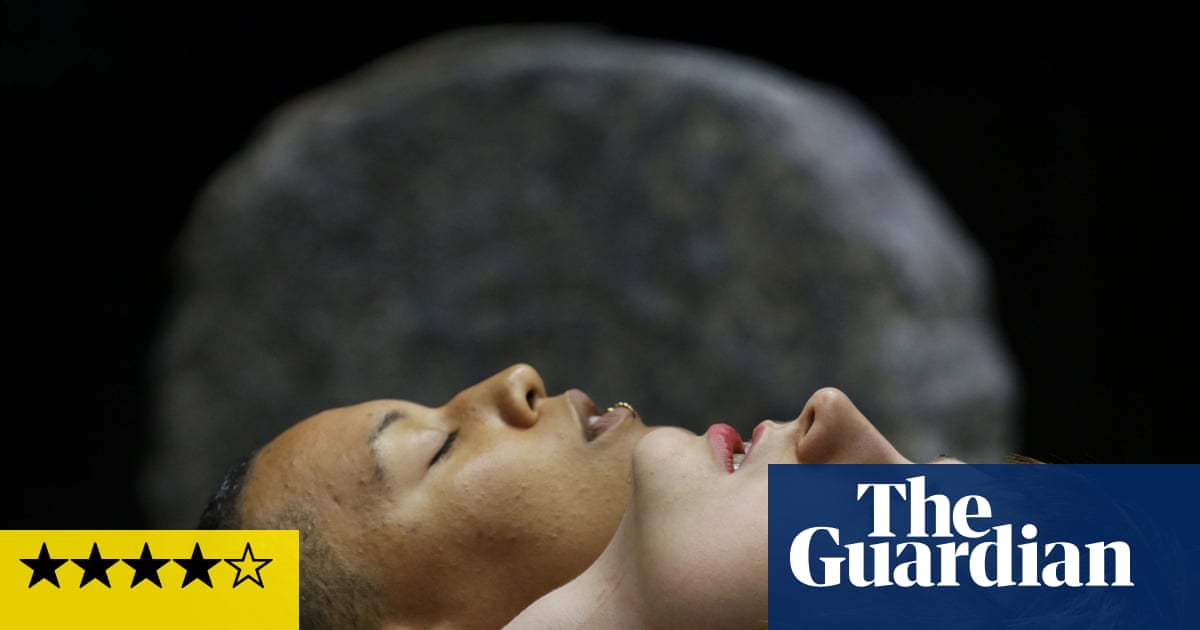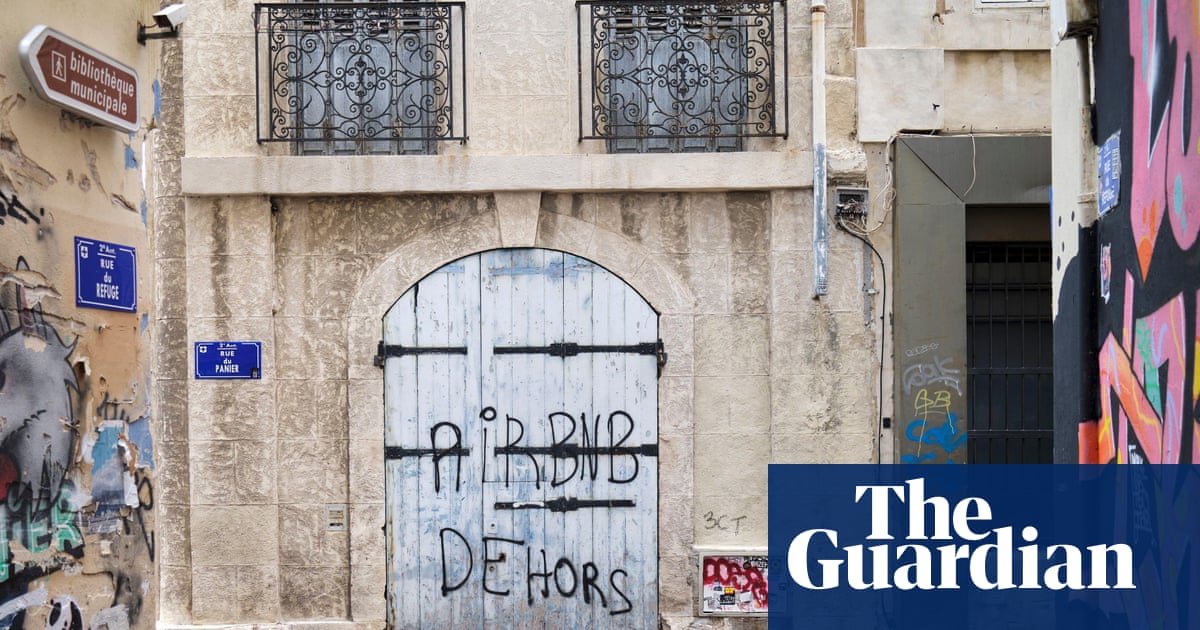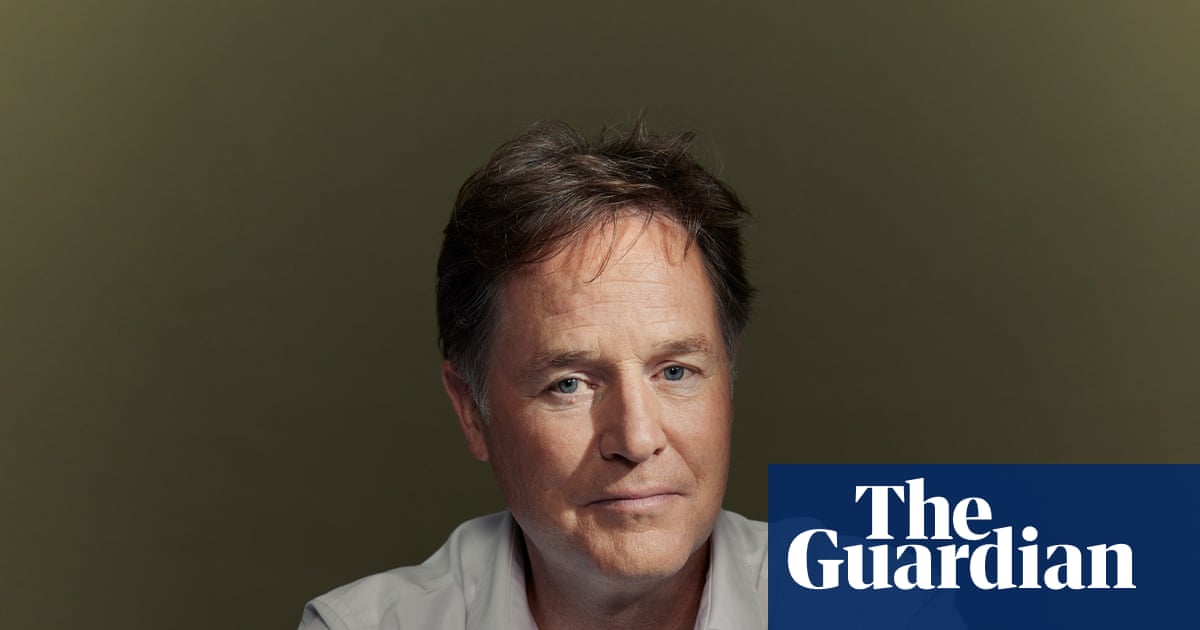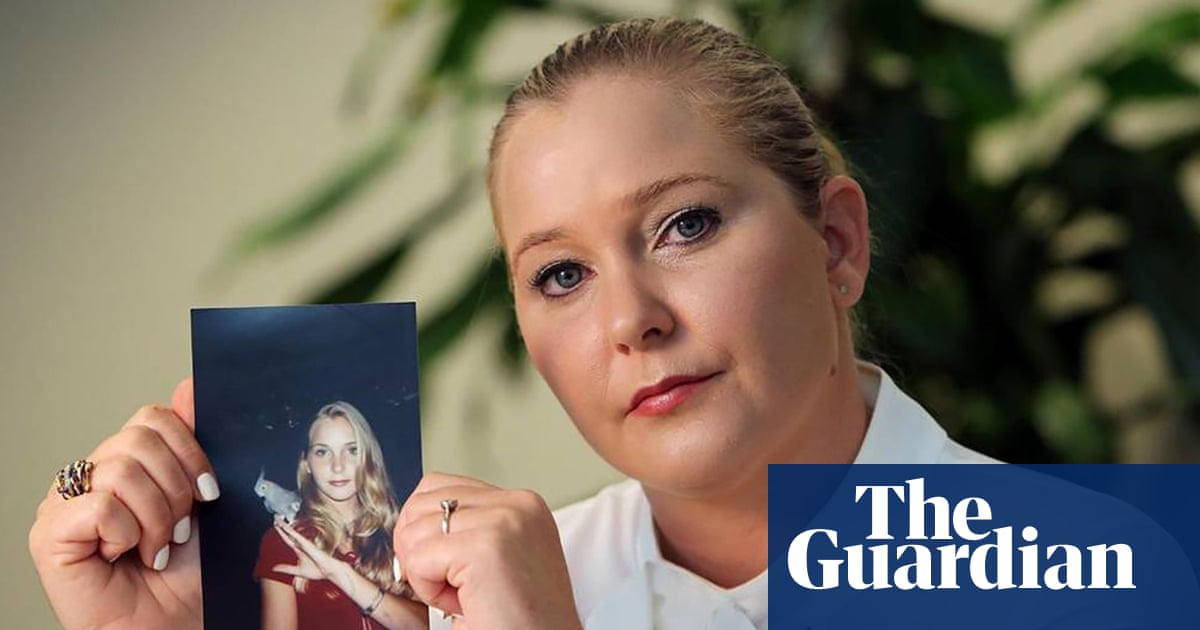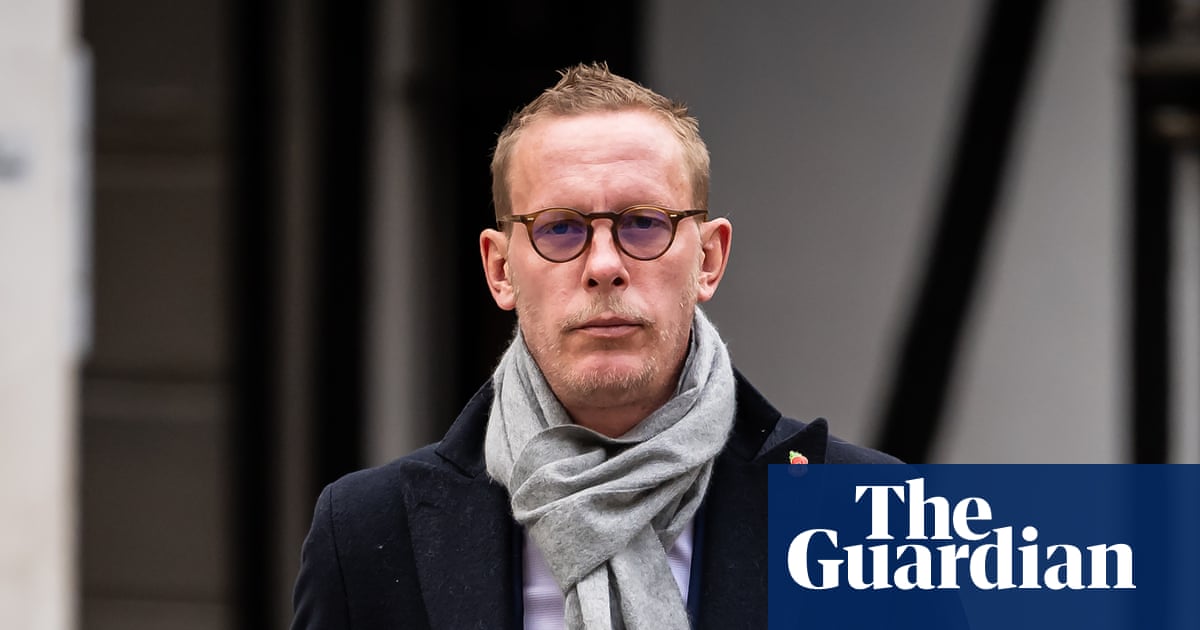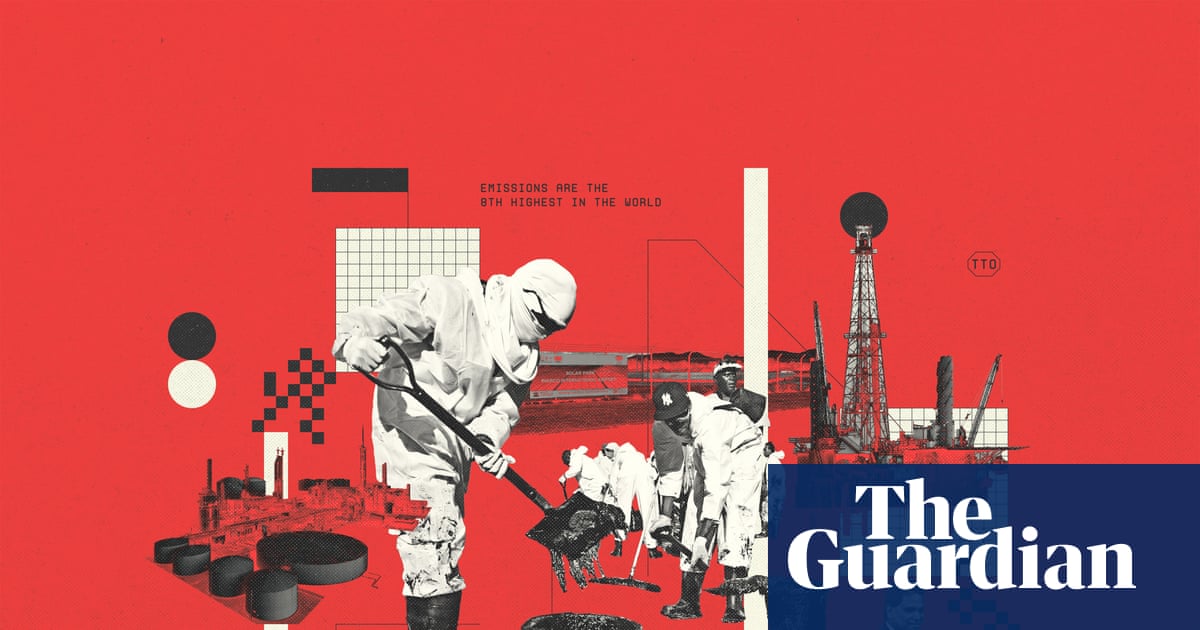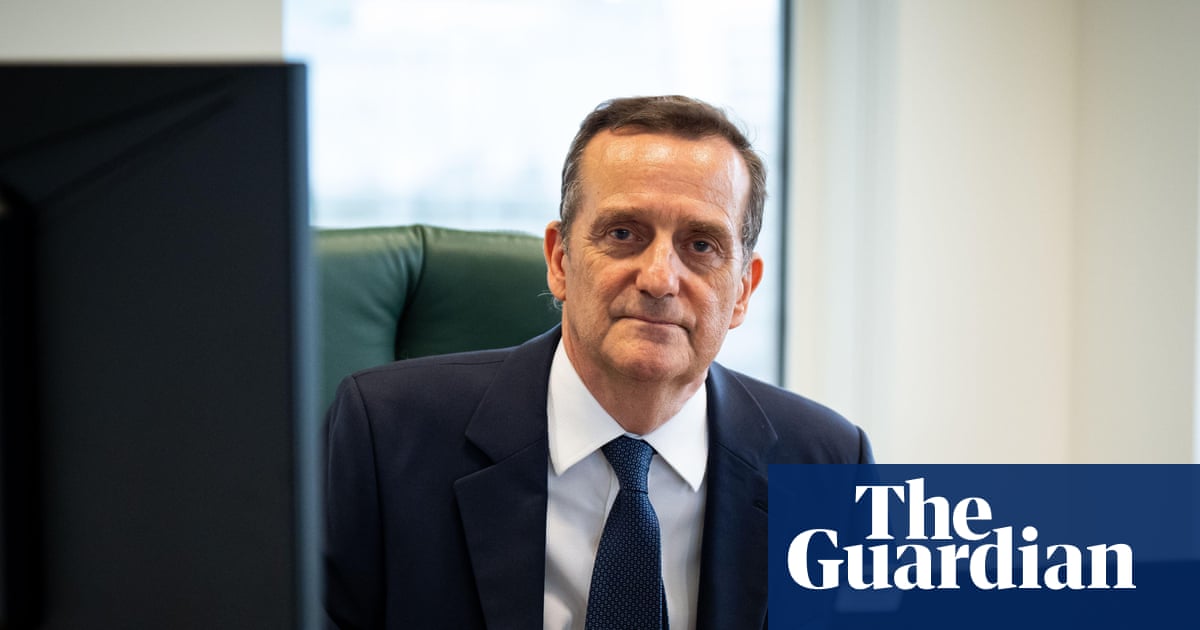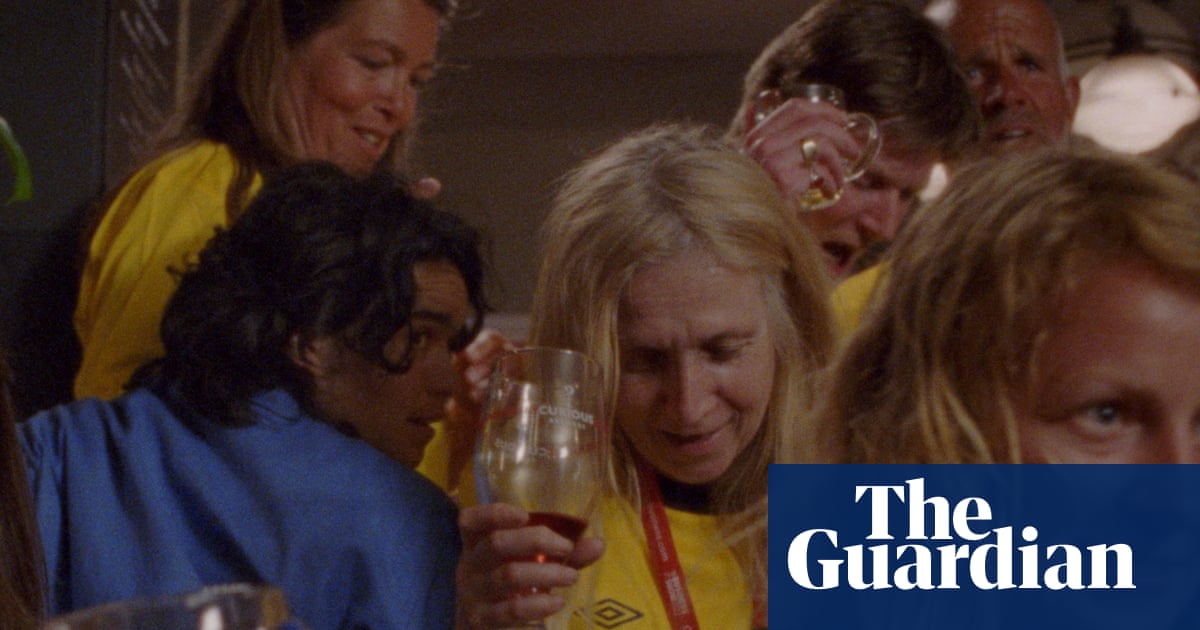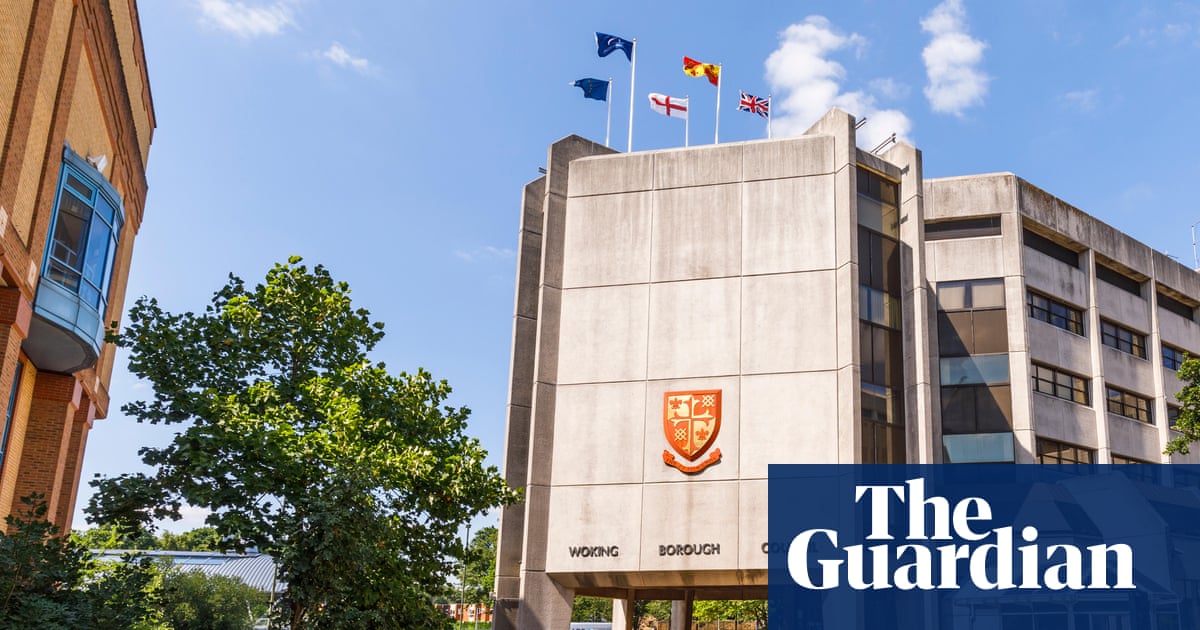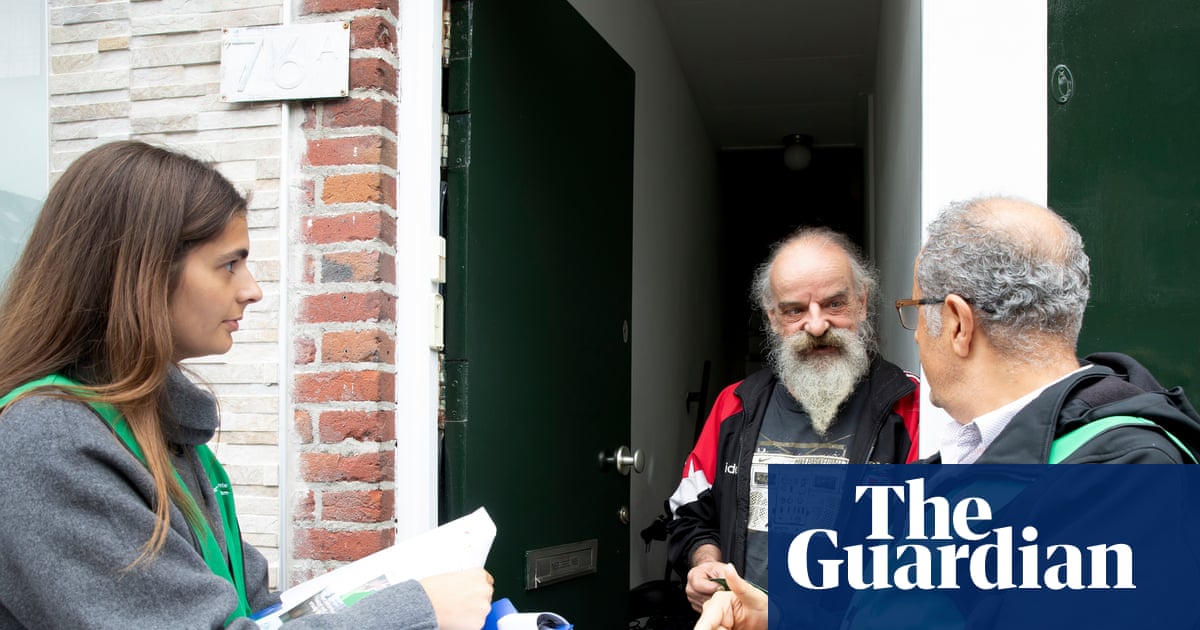Artist Paul Cocksedge is beaming from ear to ear in Trafalgar Square. It’s installation day for the sculpture he’s created for this year’s London design festival and, like the many other visitors to one of the capital’s best known public spaces, he’s enjoying the sunshine.
His new work – What Nelson Sees – looks good in the bright light. The fused bundle of weathered steel industrial pipes is eye-catchingly at odds with the grand fountains, statues and Victorian pomp of the massive bronze lions. But this sculpture is completely site-specific: press a play button and look into one of the eyepieces embedded into three of the five pipes and you see images of the surrounding city from the viewpoint of naval commander Horatio Nelson’s statue 45m up in the sky. Keep watching and the eyepiece plays a film which runs through AI-generated imagery of the view since before Nelson’s Column was first erected and then goes on into a possible future of pedestrianised streets and rooftops covered in hydroponics.
“I grew up in London,” Cocksedge says, “and I always looked at Nelson’s solitary figure and wondered what it would be like up there. I’ve got sketchbooks going back to when I was a teenager full of ideas about how seeing that view could be possible.”
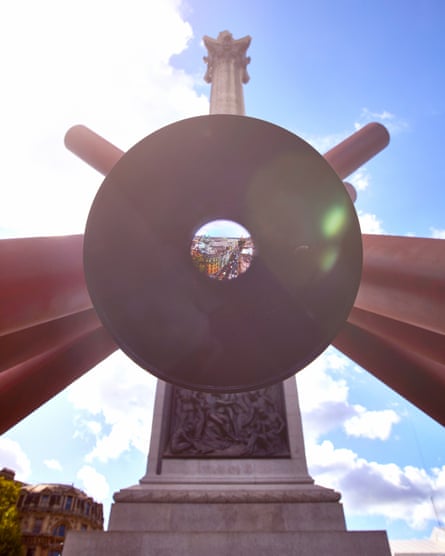
Many of Cocksedge’s artworks plough this slightly eccentric furrow: concepts that come from a childlike imagination but realised with exceptional craftsmanship and engineering skills. His piece Coalescence consists of 2,500 pieces of anthracite – suspended like a starburst – which represent the amount of coal needed to power a continuously burning lightbulb for a year. The Bourrasque series is inspired by light playing on airborne sheets of paper. The spectacle of magically floating paper is delightful (fashion brand Dior now has the artwork permanently installed in their Avenue Montaigne boutique in Paris), but the simple idea can only be achieved using hi-tech materials powered by an electric current.
For What Nelson Sees, Cocksedge collaborated with Google to create a mainly AI film of Nelson’s field of view from when the column was first erected in the 1840s. Each scene – from the Blitz through the swinging 1960s to a future landscape adapted for London’s ageing population – is created using meticulous written prompts to ensure historical accuracy and to reflect statistically probable outcomes from research.
“Technology had to be part of the work so it felt the right moment for me to experiment,” he says. “It’s very different to my art college days when you had paint and canvas, but I’ve got a four-year-old daughter and an almost 80-year-old dad – I want him to see the city change and I want her to see what the past was like. How else could I do that?”
This whimsical creativity has a clear purpose. Cocksedge’s optimistic vision of London’s future is based on research from experts in climate change and urban planning. “Do you know, in Paris food production is 60% local, whereas in London it’s only 3%? That’s why in the future, we created hydroponics and a much greener city.”
The artist believes that public art can be a great way to engage a diverse audience with issues, especially those who don’t often visit galleries.
“My background is working class and my entry point into creativity came very late on. Looking around Trafalgar Square I can see people from different backgrounds interacting with things and that’s great to me. I’m so excited that you can use design to create open situations where you can reach more people and deal with quite important issues in an engaging way. This piece isn’t finished until I see three people gazing through the sculpture – their bodies are the last ingredient.”
As the site of many protests, celebrations and rallies over the years, Trafalgar Square has seen all sorts of engagement between different factions, but Cocksedge is still optimistic. “I’m very aware of the challenges this city has. This square is a place that’s always charged. But we keep on going even if it feels dicey. I think London will cope.”
The next day, I head down to the installation’s technical test with Elizabeth Dellert, head of development for the festival. Even in the brief time I’m there, about 20 passersby stop to peer into the eyepieces or touch the pipe structure curiously. A businessman whose meeting has been cancelled due to the transport strikes stops to ask about the sculpture. It turns out that he runs a mentoring service inspired by Nelson’s leadership strategy. A conversation instantly starts with Dellert, who studied history, about the influence of military infrastructure on business hierarchy, team loyalty and how Lady Emma Hamilton, Nelson’s mistress, deserves recognition.
Watching tourists and locals pause at the sculpture and listening to this spontaneous conversation, I thought back to my conversation with Cocksedge and how his piece wouldn’t be finished until people – the missing ingredient – were there. I wished he’d been there to see this moment when it finally became complete.

.png) 2 months ago
62
2 months ago
62

